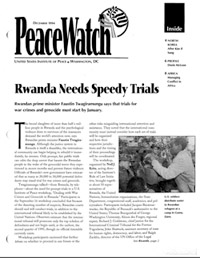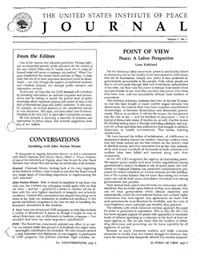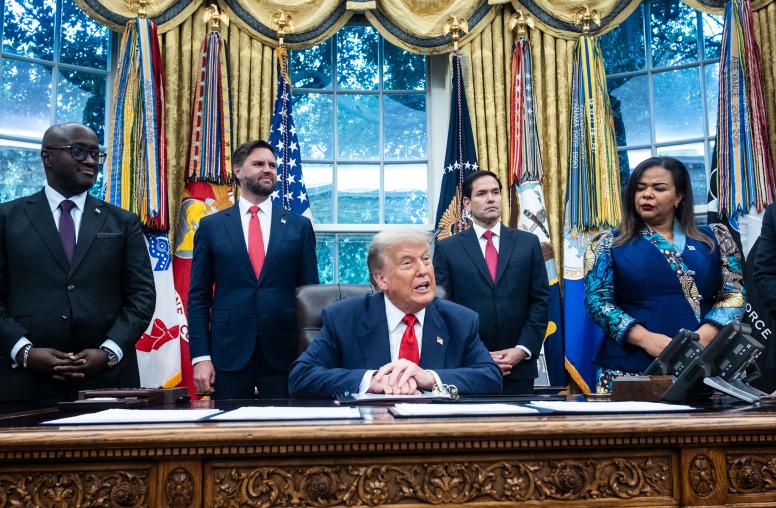USIP Celebrates its 25th Birthday
On October 19, the U.S. Institute of Peace marked its 25th anniversary. Watch key officials discuss the Institute’s milestones, growth over the years, and aspirations for the decades to come and listen to Secretary of State Hillary Clinton's address marking the Institute's anniversary.
On October 19, 1984, President Ronald Reagan signed into law the United States Institute of Peace Act (USIP) establishing an Institute that on October 19, 2009, marks its 25th anniversary and evaluates its progress in fulfilling its congressional mandate.
Read a news release about USIP's anniversary.
Secretary of State Clinton's Keynote Remarks
Secretary of State Hillary Clinton delivered a speech on nuclear nonproliferation to the United States Institute of Peace, coinciding with the Institute’s 25th anniversary.
Download the remarks here. (PDF/48.17 KB)
 Multimedia
Multimedia
USIP By the Numbers
3 = Number of employees at USIP in 1986
151 = Number of employees at USIP in October 2009
148 = Number of books published by USIP Press from 1991 - 2009
4 = number of elected representatives that sponsored USIP's founding bill
1.5 = Number of miles (on foot) between current USIP building and new HQ building
23 = Number of languages spoken by USIP Experts
2046 = Grants awarded from 1986 to 2009--and increasing throughout the year!
549 = Jennings Randolph Fellows and Peace Scholars from 1987 - 2009 (Peace Scholars started in 1998)
1721 = Number of students who have won scholarships through the National Peace Essay Contest from 1988 to 2009.
28 = Number of courses offered by Academy in 2009
99 = Number of public events hosted by USIP in 2009 so far
18 = Number of times Alex Thier and Dan Serwer have testified before Congress
Archives
| Download the first issue of USIP's PeaceWatch December 1994 (PDF/1.5MB) |
 |
| Download the first issue of USIP's Journal (PDF/500KB) |
 |



